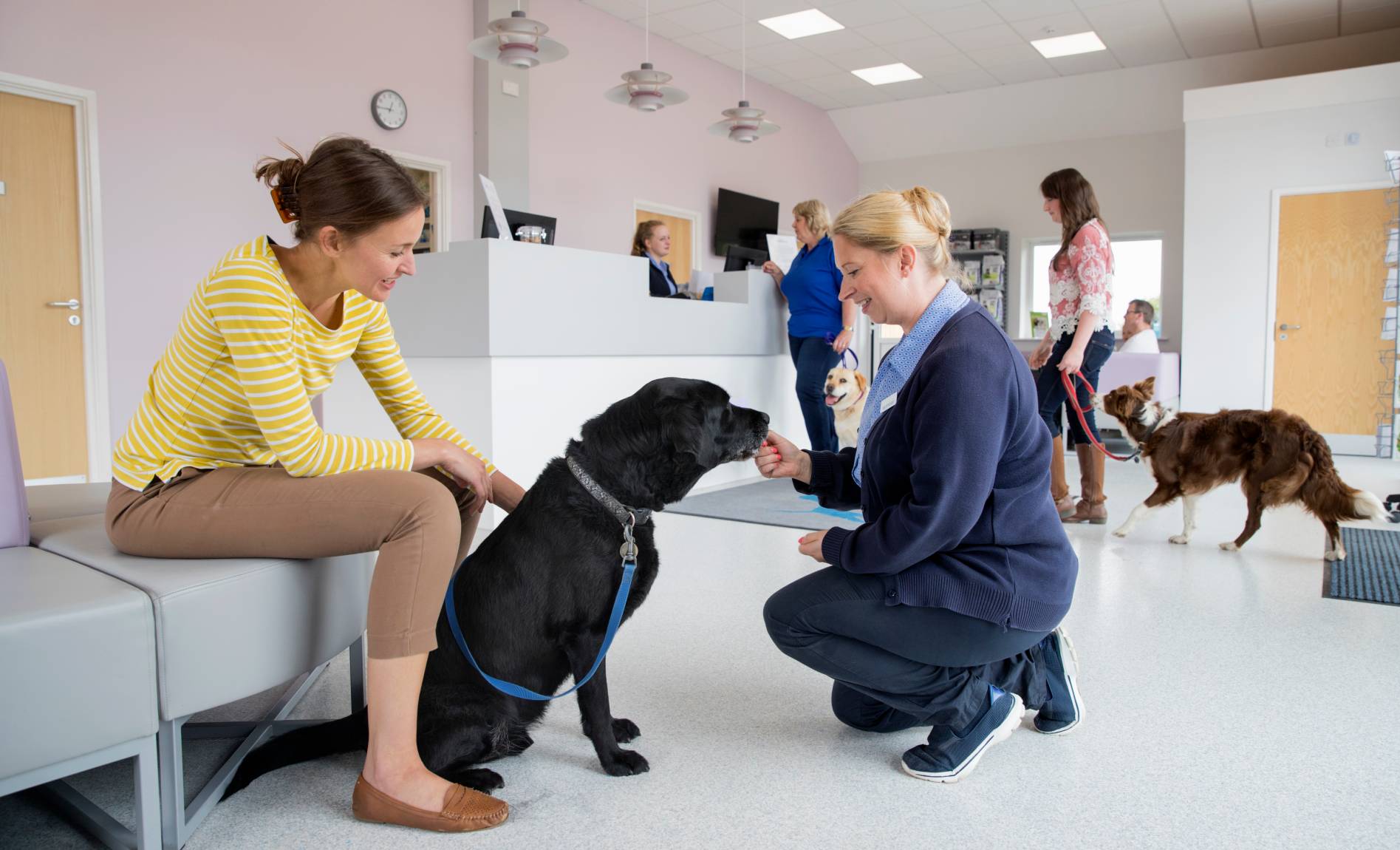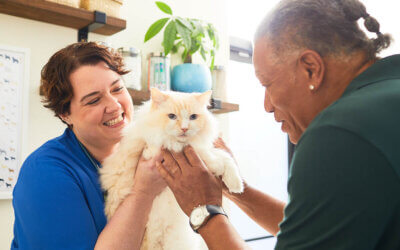It’s no secret anymore that veterinary loyalty programs are becoming the norm. Vetsource’s Vet2Pet platform has helped hundreds of veterinary practices implement loyalty programs for their clients. The data speaks for itself when it comes to what kinds of programs are the most successful at driving revenue, generating visits, and increasing compliance.
But, why are loyalty programs so successful to begin with? The answer, believe it or not, is science. When people are rewarded for doing something, a physiological response occurs in the body. Dopamine is released, which gives the body a positive feeling and associates that feeling with the action that just took place.
By rewarding your clients for actions you want them to take, they are more likely to continue that behavior, and perform it more often. So, how can you achieve this kind of response from your clients? Here are five ways to make your loyalty program a success.
1. Encourage entire team buy-in to promote consistent messaging
Veterinary practices that have the most successful loyalty program do so by having their entire team actively promote it. This includes receptionists, technicians, and yes, even the veterinarians. If clients hear about your loyalty program from several people at every visit, they are more likely to participate.
When clients show up for their appointment, ask if they have downloaded your app so they can earn reward paws for the day’s visit. If not, encourage them to do so while they are waiting for their appointment. The veterinarian and room technician can further promote the loyalty program by talking about ways the client earns reward paws during their visit, and if any of their recommendations would earn the client an additional paw. If the client had a negative experience, such as having to wait longer than normal for their appointment, consider offering a free paw instead of complimentary services, like nail trims, exams, or vaccinations.
2. Reward the client as close as possible to the time of the sale
The best time to reward your clients for taking great care of their pet is during the checkout process. As soon as they hear the total of their invoice, they should also hear how many reward paws they will earn. If their total is close to earning another paw, ask if there is anything else they need that might earn them an extra paw.
By associating something positive during the checkout process, which can be a negative situation, it improves the experience for both the client and the veterinary team. We have heard so many practices tell us that their clients ask, “What else can I buy?” when they are close to earning another reward paw.
3. Design your loyalty program to drive the behavior you want
Vet2Pet has a standard program for earning paws and the redeemable rewards. We often see practices wanting to add an additional level of customization to their veterinary loyalty program. While this is encouraged, we recommend using your loyalty program to drive the behavior you want from your clients. We have seen practices adding a reward for a free anal gland expression, but do you really want to express more anal glands? Think how clients will earn paws and what they will be able to redeem them for, and design your program around what you want your clients to do.
Great ideas for additional ways to earn paws include purchasing a full year of parasite prevention, bringing a fecal sample for their pet’s wellness exam, and filling out their check-in form prior to their visit.
If you use Vetsource for your online pharmacy, we recommend giving a free paw when a client enrolls in AutoShip and the RemindMe single-dose parasiticide program, which can greatly boost client compliance. Vetsource has also discovered that a home delivery program boosts practice revenue and client compliance.

4. Change it up and keep it interesting
Once you’ve established your base program, think about the ways you can change it up throughout the year. Offering seasonal paws and rewards will help keep your veterinary loyalty program interesting and engaging for your clients. Examples include offering a bonus paw when your clients get their pet microchipped during National Pet ID week, or when they send in a selfie of their pet wearing their Halloween costume (social media gold!).
You can even use your loyalty program to promote a good cause, such as by offering a free paw when clients donate a bag of food to a soup kitchen around Thanksgiving, or food, treats, or supplies to a local animal shelter.
5. Offer rewards that drive an action
A key component of a successful veterinary loyalty program is your client rewards. The best rewards are those that are self-perpetuating and will drive an action to get the client to return again. These include credits that can be used toward a future visit, or credits that can be used on a specific procedure, like a dental cleaning. Avoid rewarding clients with “stuff” like candles and T-shirts, as these items do not drive an action. Once the reward is redeemed, the cycle ends, and there is no incentive for the client to return.
Whatever you decide to offer for rewards, remember that they must never be redeemed on the day they were earned. This will negate the purpose of a veterinary loyalty program, and essentially turn it into a discount program instead.
Interested in more information on how to make your loyalty program a success? Current Vet2Pet users can visit App Academy to check out our corresponding webinar. Not a Vet2Pet user? Schedule a demo with Vetsource to explore the Vet2Pet platform and other solutions for your practice.



